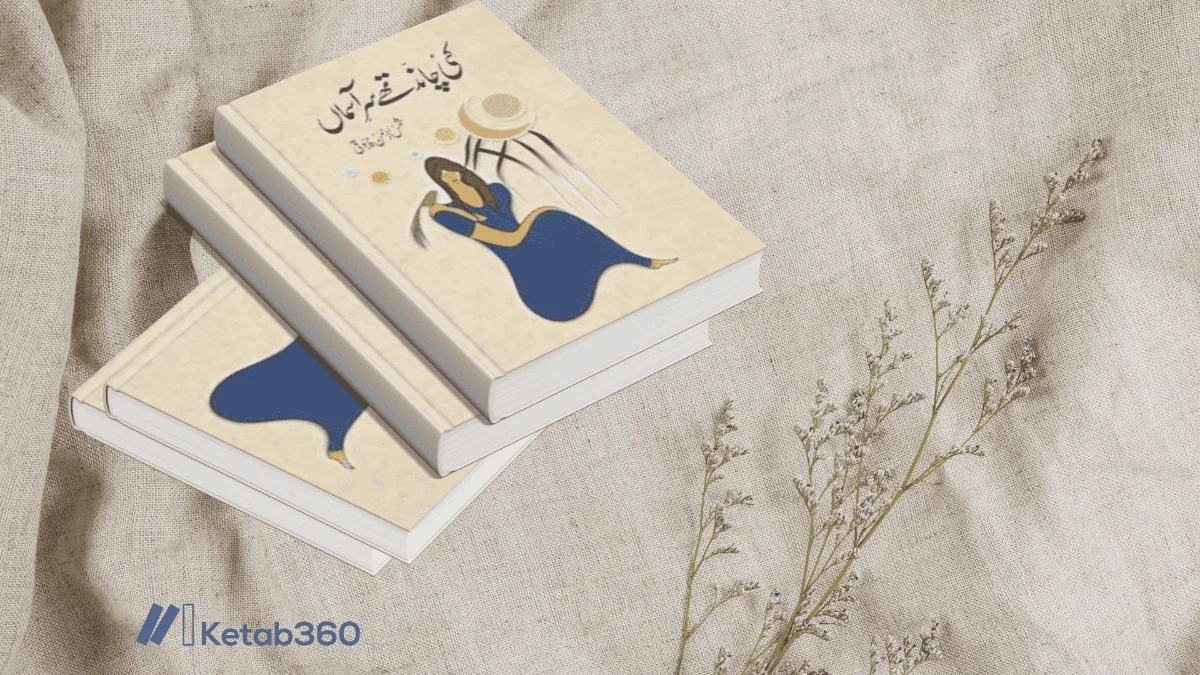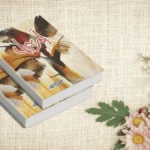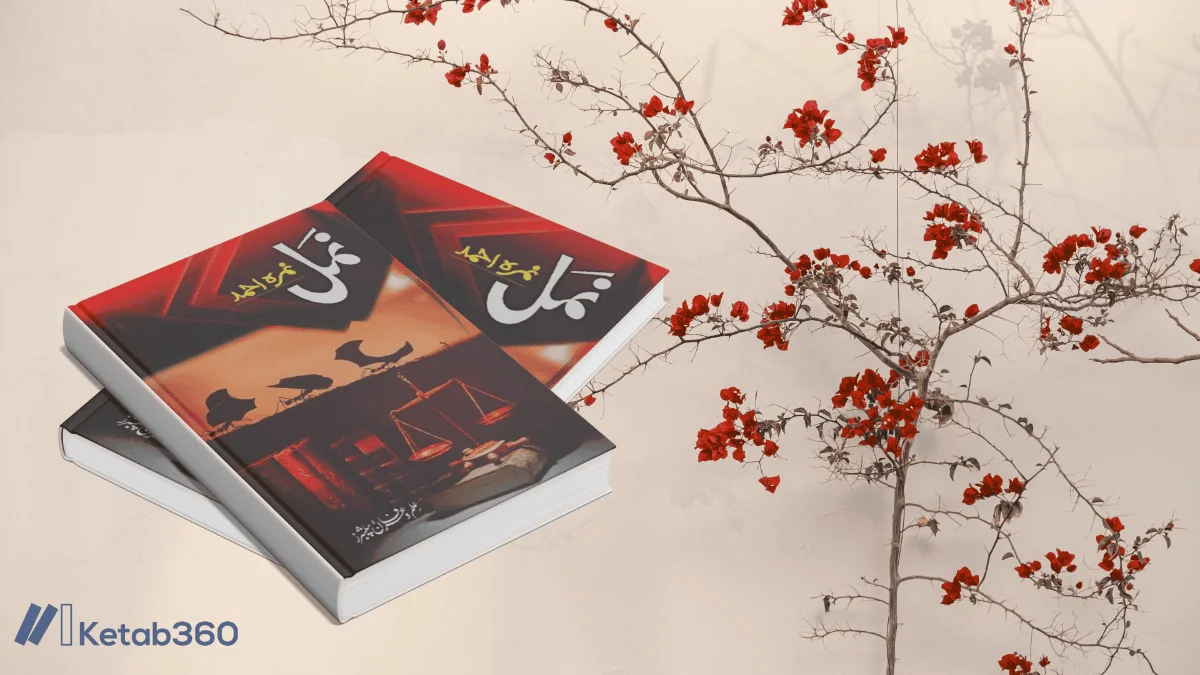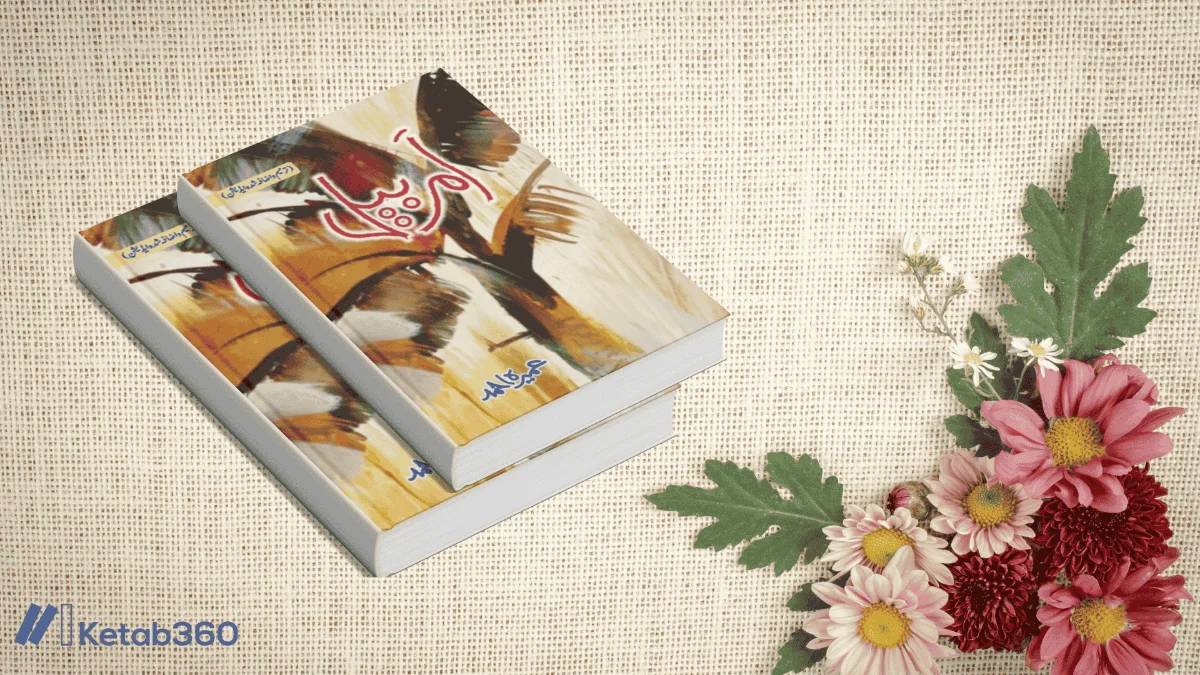Shamsur Rahman Faruqi – Legendary Urdu Poet, Novelist
Shamsur Rahman Faruqi (1935–2020) was a legendary Indian Urdu poet, novelist, critic, and theorist who revolutionized modern Urdu literature. Known for introducing modernism, he skillfully combined classical Arabic-Persian aesthetics with Western literary criticism to create a new framework for Urdu analysis. His major works include Sher-e-Shor Angez (a four-volume study of Mir Taqi Mir), Kai Chand The Sar-e Asman (2006), The Mirror of Beauty (2013), and The Sun That Rose from the Earth (2014). As the founder and editor of the iconic literary magazine Shabkhoon, he became the driving force behind the modernist movement in Urdu. Faruqi received numerous honors, including the Sahitya Akademi Award (1986), Saraswati Samman (1996), and Padma Shri (2009), making him one of South Asia’s most influential literary figures, equally celebrated in India and Pakistan.
Kai Chand The Sare Aasman – Urdu Historical
Kai Chand Thay Sar-e-Aasman ( Kai Chand The Sar-e-Asman) is a celebrated Urdu historical novel written by Shamsur Rahman Faruqi, one of the most influential literary figures in South Asia. Published in 2006, this masterpiece is widely recognized across India and Pakistan for its deep historical insight, emotional storytelling, and literary brilliance. The novel paints a vivid picture of 18th and 19th-century Delhi, capturing the decline of the Mughal Empire and the rise of British colonial power. Through elegant prose and fine detail, Faruqi beautifully revives the era’s culture, poetry, politics, and art, making it both a work of fiction and a living record of South Asian history.
Key Highlights of the Novel:
Genre & Setting: Historical fiction that portrays life in Delhi and surrounding regions during the 18th–19th century.
Main Character: Wazir Khanum — a gifted poetess and mother of the famous Urdu poet Dagh Dehlvi, whose life symbolizes courage and elegance amidst turmoil.
Historical Context: Features real figures like Emperor Bahadur Shah Zafar, Mirza Ghalib, and William Fraser, blending fact and fiction with precision.
Cultural Essence: Highlights the beauty of the Ganga-Jamuni tehzeeb — the shared Indo-Islamic culture of poetry, art, and refinement.
Blending historical fiction with emotional realism, Kai Chand Thay Sar-e-Aasman stands as a social and cultural epic, intertwining love, history, and human struggle. Faruqi’s descriptive mastery transports readers to the streets, gardens, and courts of old Delhi, reviving the sounds, colors, and emotions of the age. His literary style combines classical Urdu aesthetics with modern narrative techniques, making the novel a timeless treasure. Critics regard it as Faruqi’s magnum opus, and for Hindi readers searching for Kai Chand The Sare Aasman Hindi PDF free download, its translated version is also available online as The Mirror of Beauty, expanding its global reach.Readers describe the experience as immersive, poetic, and emotionally rich. More than a novel, Kai Chand Thay Sar-e-Aasman is a bridge of shared heritage between India and Pakistan, immortalizing the golden era of Urdu literature.
If you want to read or download his famous novel Kai Chand The Sar-e Aasman free and online, you can visit Ketab360.com to explore it anytime.
If you enjoyed reading this novel, you can explore other popular Urdu novels on our website.
Read Amar Bail by Umera Ahmed.
For more exciting Urdu novels, visit our Urdu Novels Collection.
FAQs
1) Who wrote Kai Chand Thay Sar-e-Aasman?
Kai Chand Thay Sar-e-Aasman was written by Shamsur Rahman Faruqi, a renowned Urdu poet, author, critic, and literary theorist.
2) In which language was Kai Chand originally written?
The novel was originally written in Urdu and has been translated into Hindi and English (as The Mirror of Beauty).
3) What is the story of Kai Chand Thay Sar-e-Aasman?
The novel is a magnum opus of Urdu literature that follows Wazir Khanum, a gifted poetess, exploring her life alongside the culture, society, politics, poetry, and romance of 18th and 19th-century Delhi and Hindustan.
4) What is the English translation of Kai Chand Thay Sar-e-Aasman?
In English, the novel is known as The Mirror of Beauty, reflecting Faruqi’s intricate depiction of historical Delhi and the art, poetry, and society of the period.
5) What is The Mirror of Beauty about?
The Mirror of Beauty begins with the story of an enigmatic and gifted painter in a village near Kishangarh, then journeys through the deserts of Rajputana, the valley of Kashmir, and cosmopolitan Delhi, highlighting miniature painting, carpets, and Mughal-era culture.
6) Who was Shamsur Rahman Faruqi?
Shamsur Rahman Faruqi (30 September 1935 – 25 December 2020) was an Indian Urdu poet, author, critic, and theorist, credited with ushering modernism in Urdu literature and blending traditional aesthetics with contemporary literary critique.
7) Who wrote the novel The Mirror of Beauty?
The Mirror of Beauty was also written by Shamsur Rahman Faruqi, showcasing his mastery in combining historical insight with literary brilliance.






